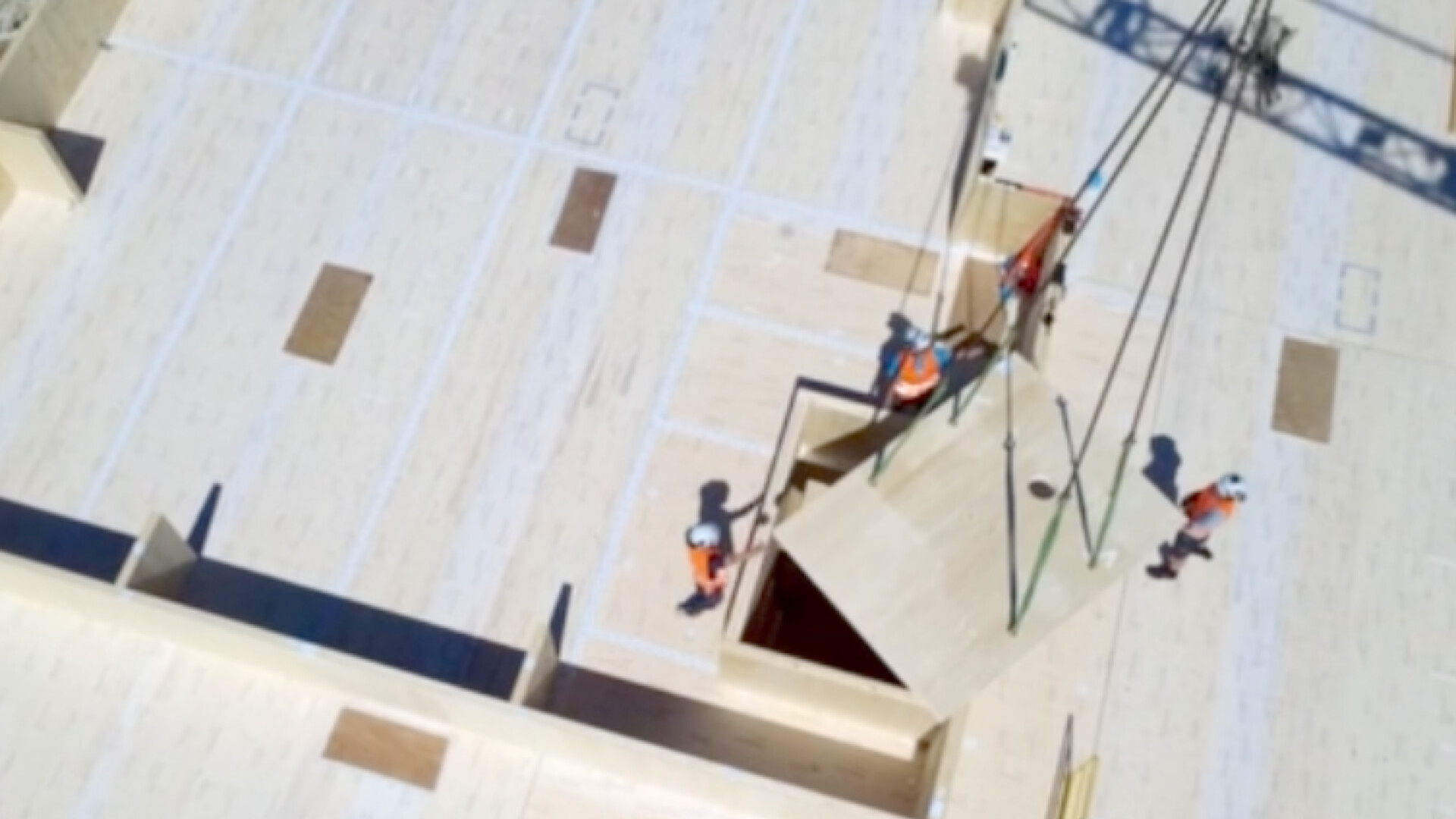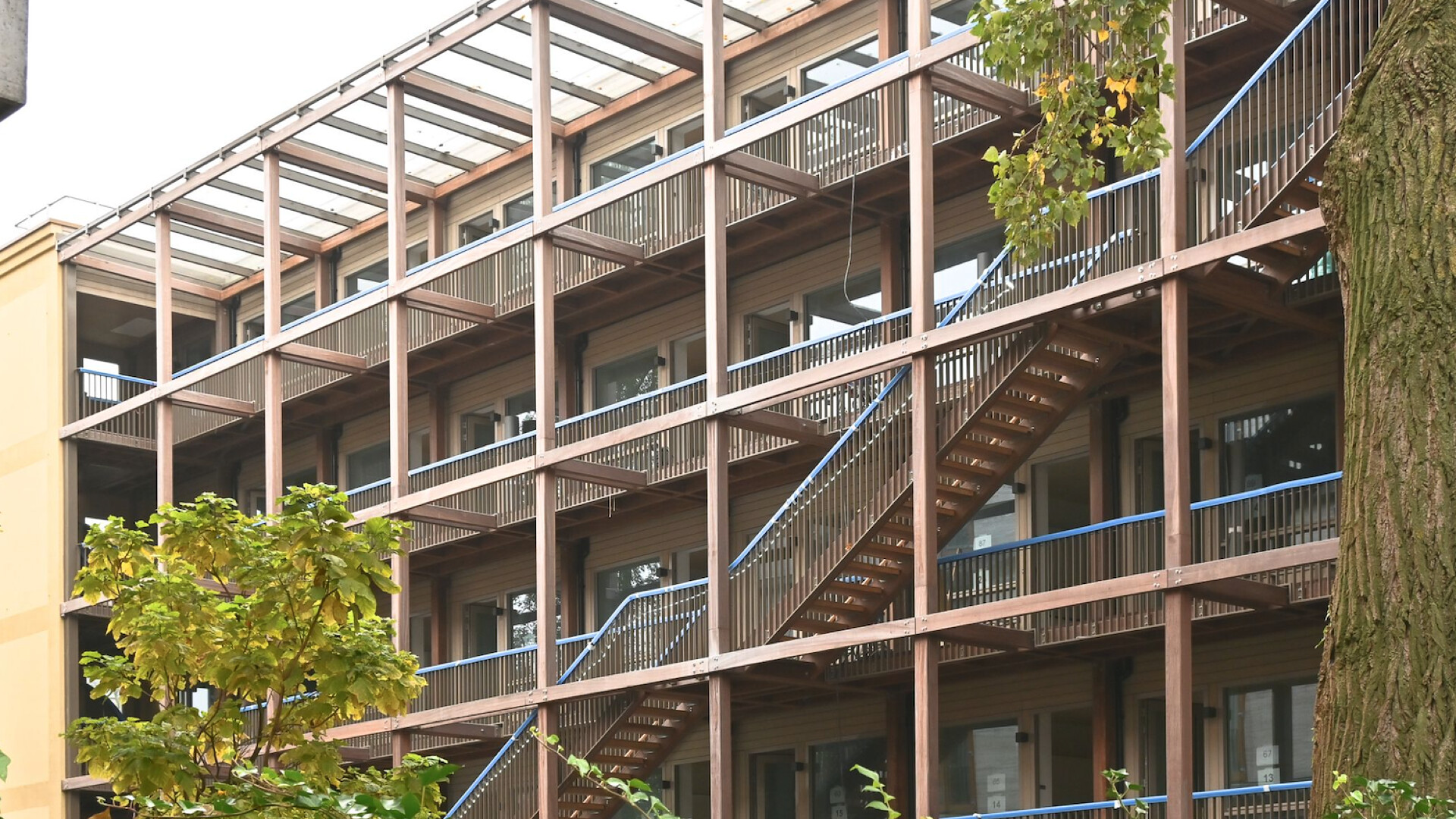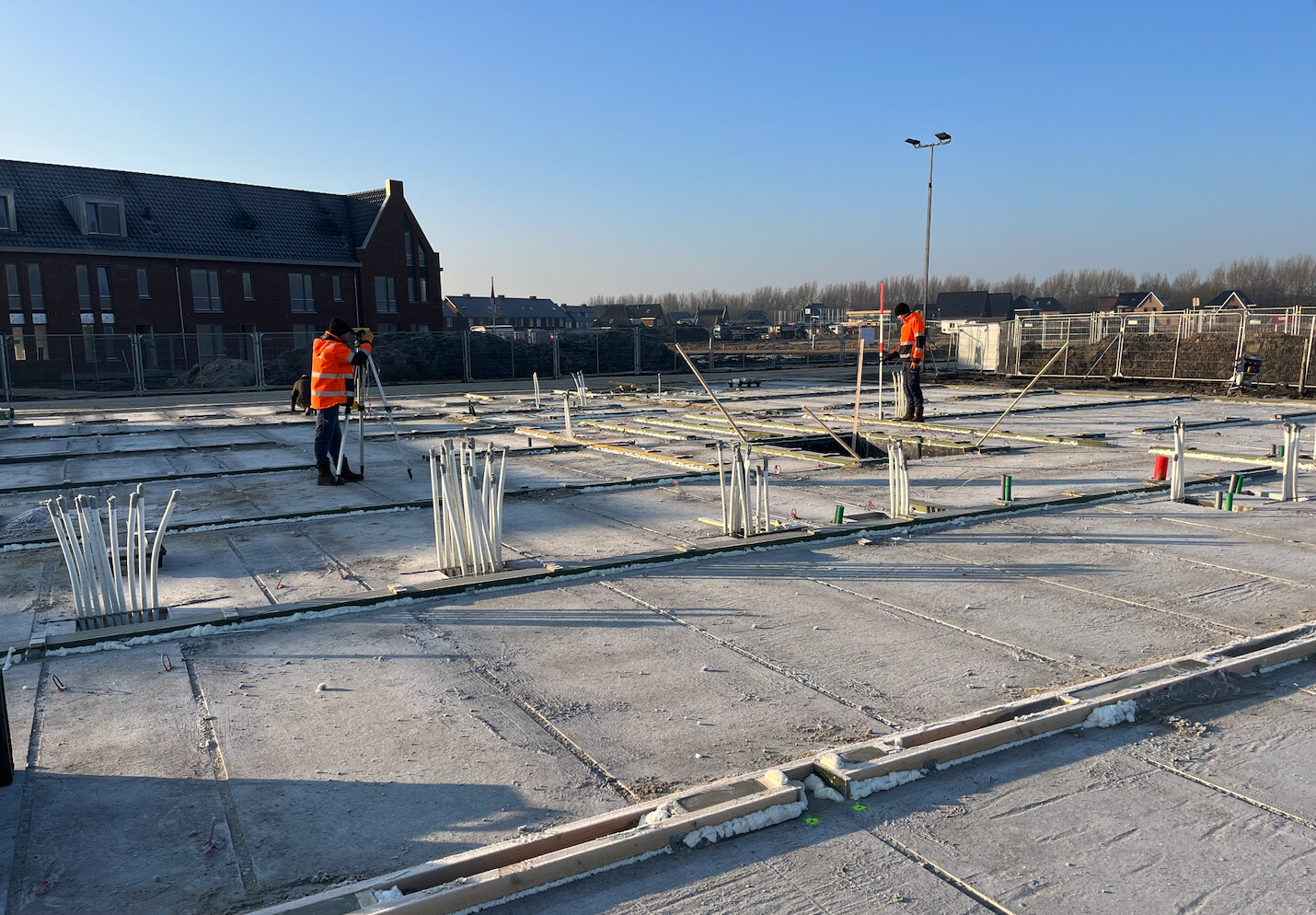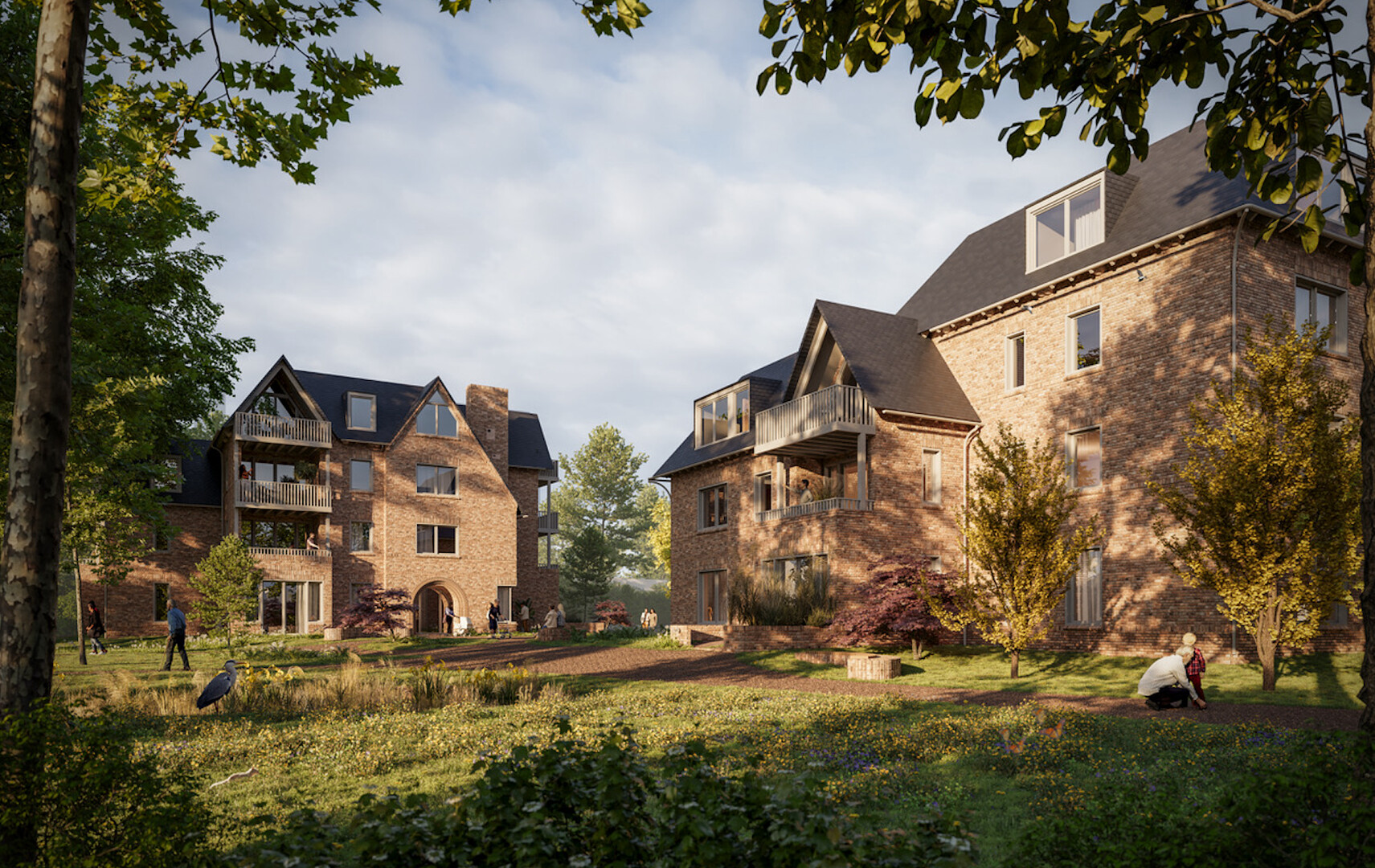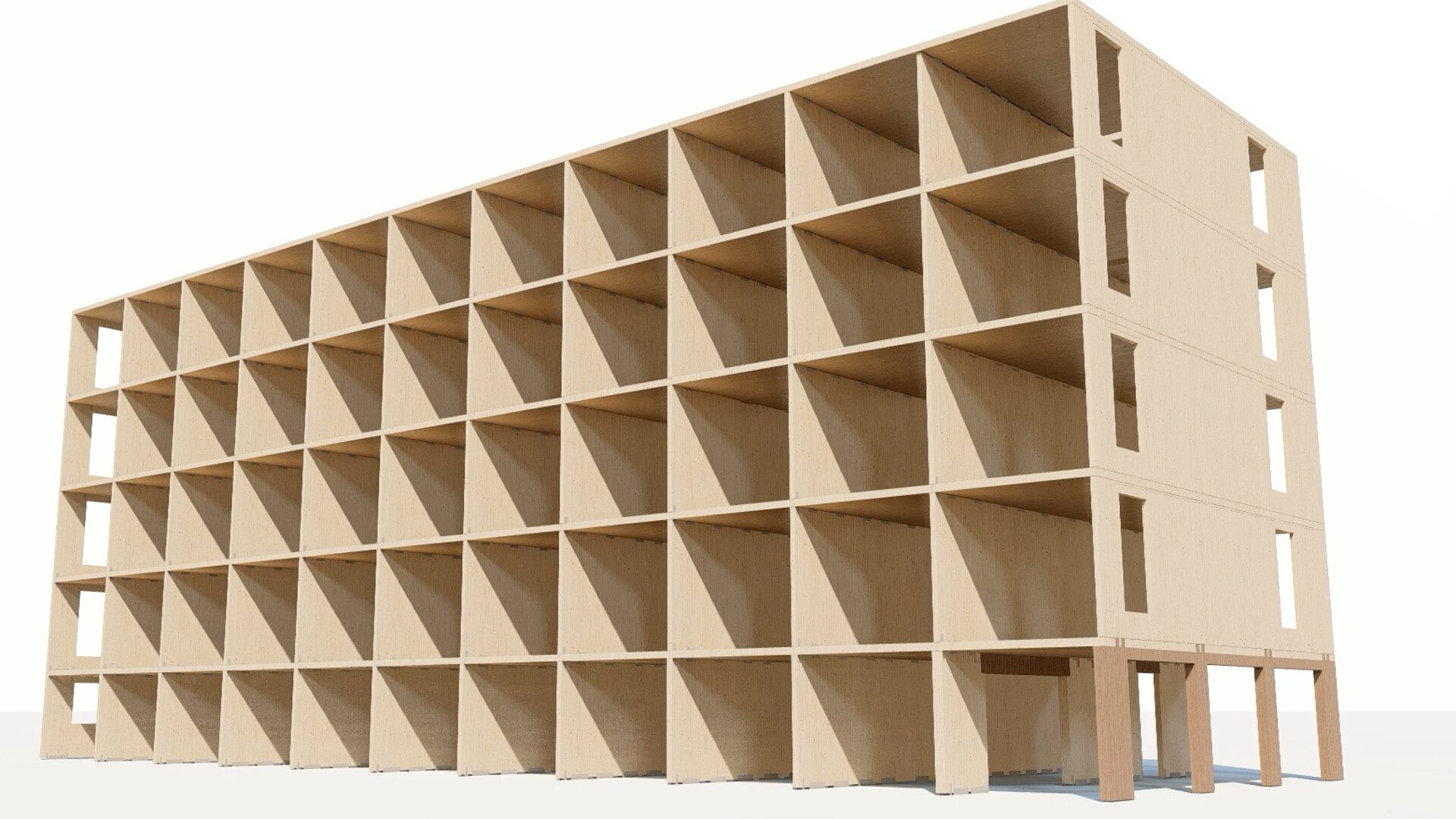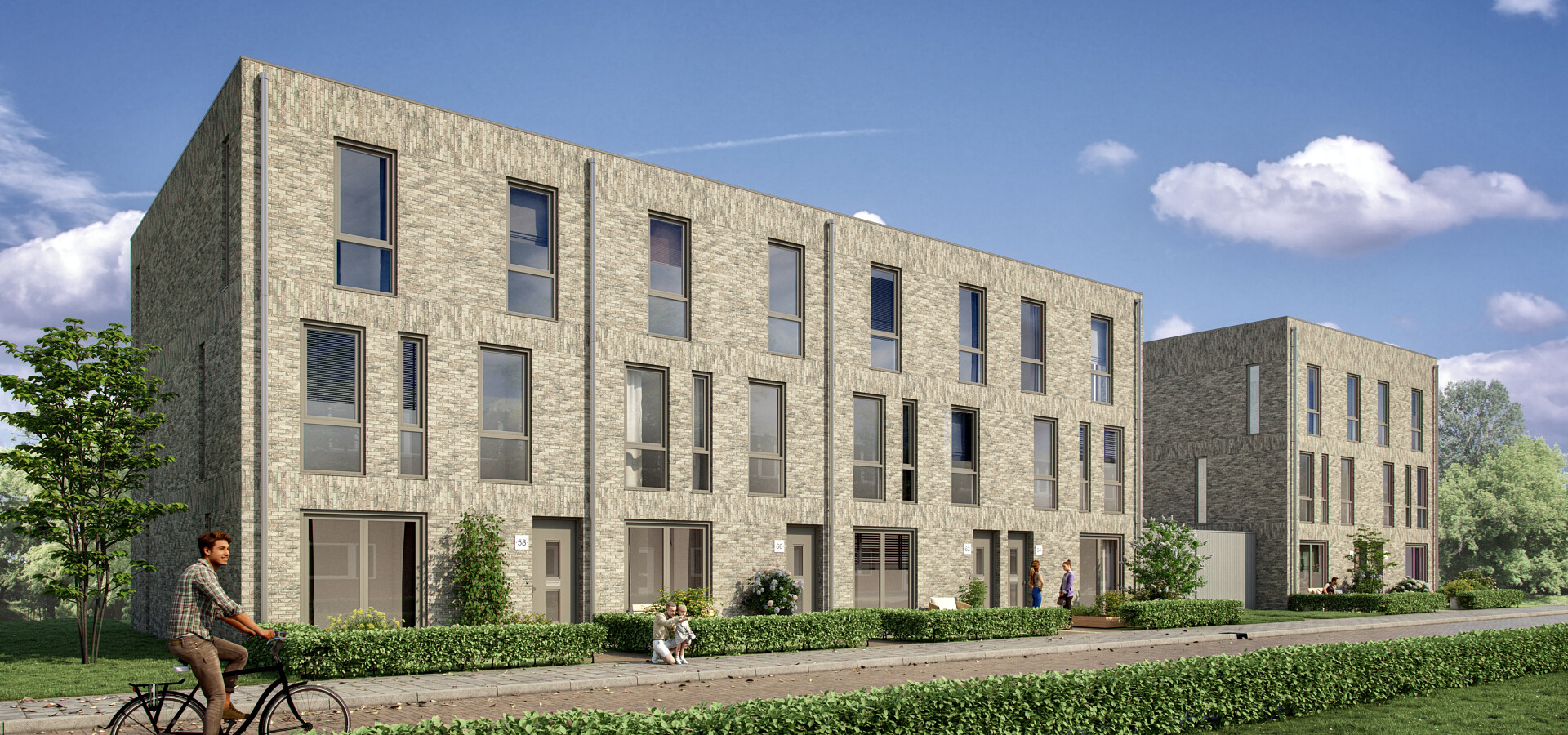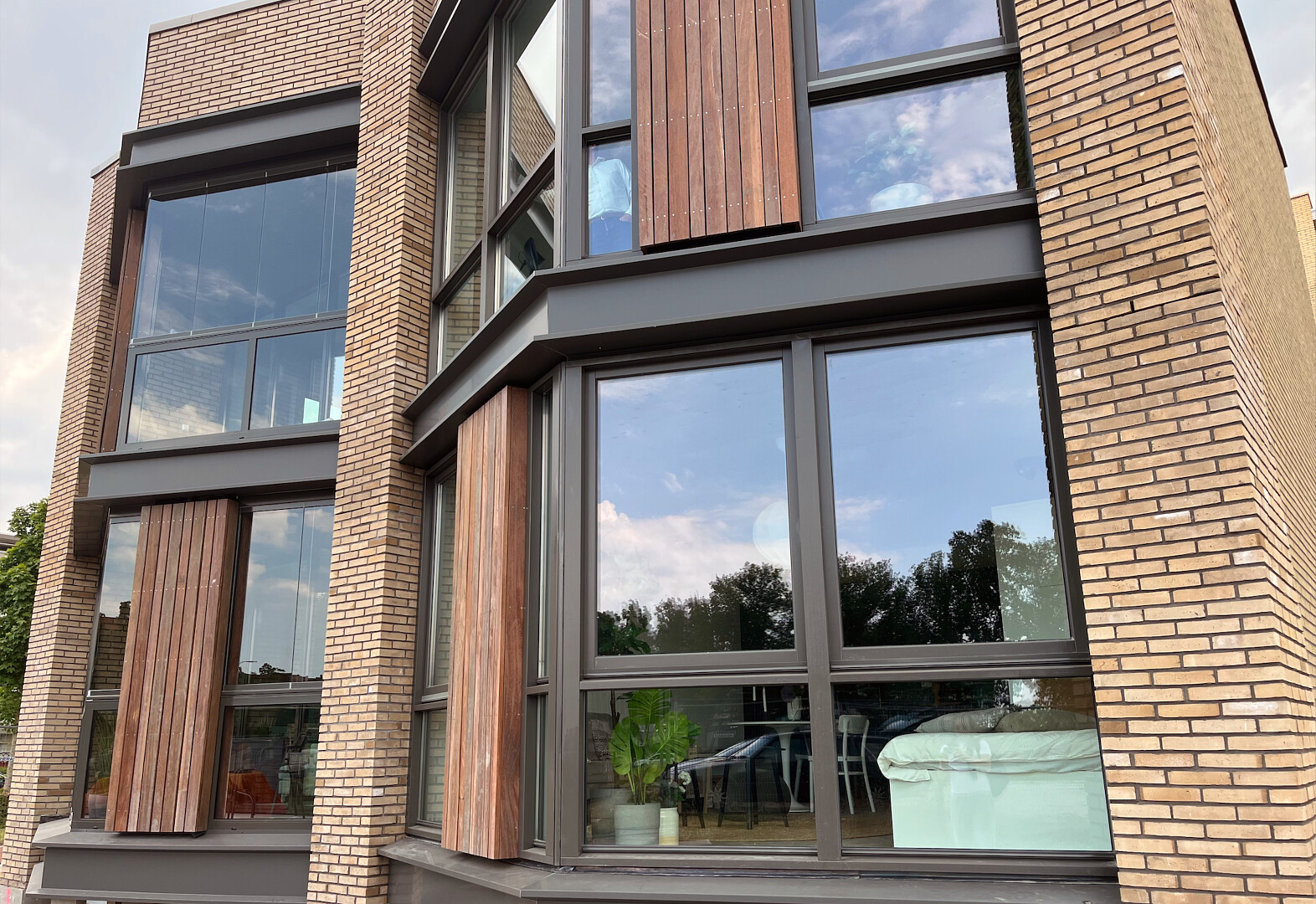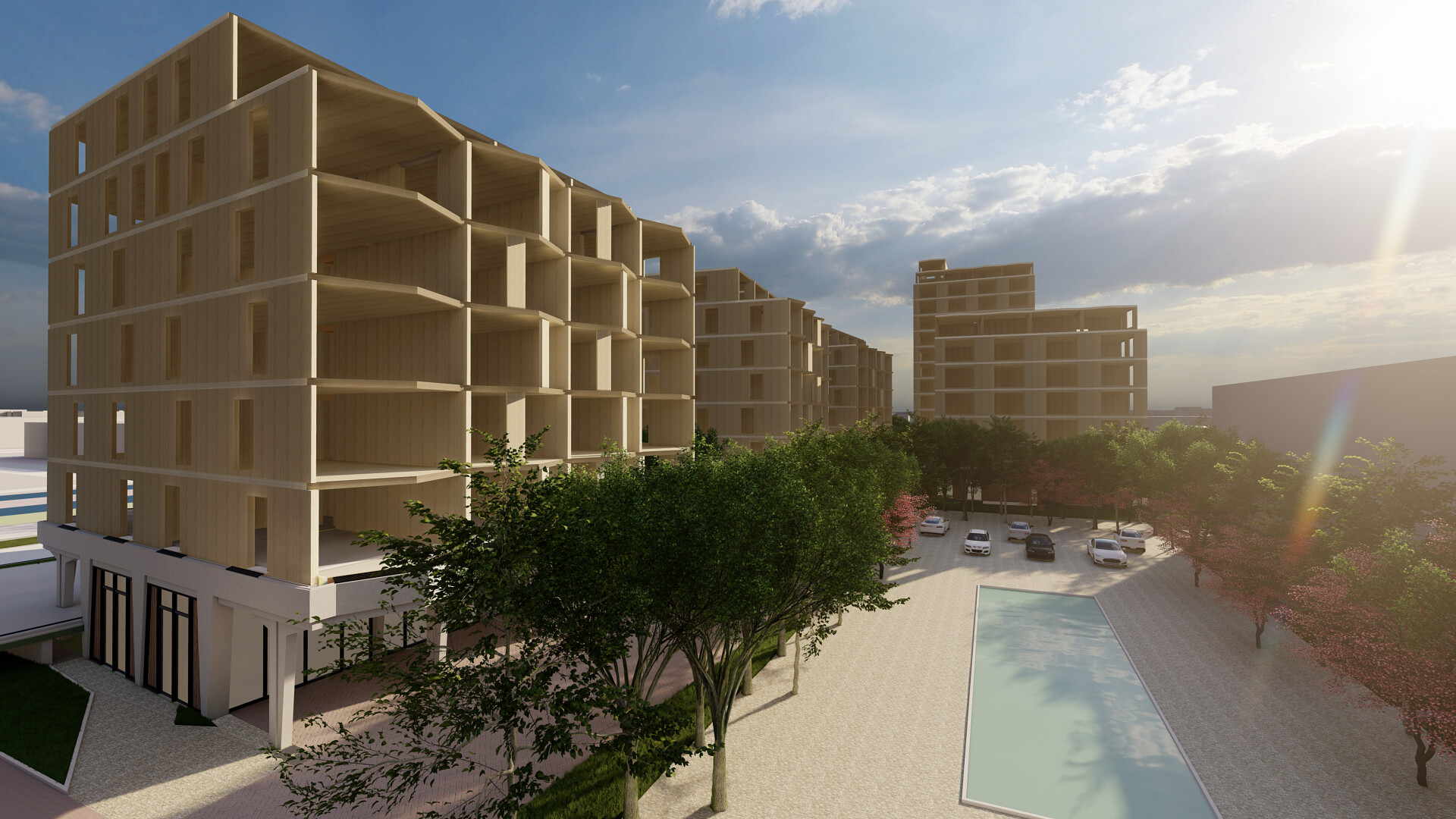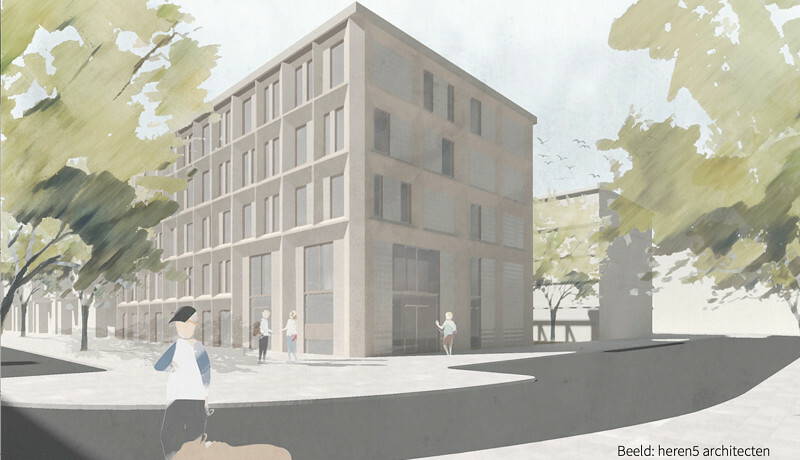What's in a name?
Hamlet - Sustainable design and build with CLT wood
Sometimes we are asked where the name Hamlet comes from. A logical thought is that the inspiration lies with the famous play Hamlet, Prince of Denmark. William Shakespeare wrote this between 1600 and 1602. In this play there is a very famous monologue in which the main character (Hamlet) utters the words “To be or not to be”.
We actually like the fact that Hamlet is a name of a person. As a company, we are also personal, both to our employees and to customers and suppliers. After all, we're working together and a personal approach, where everyone is equal but with different responsibilities, is a good thing. After all, construction projects involve intensive collaboration over a longer period of time, so it's better to have a little fun with each other. So yes, the fact that Hamlet sounds like a person's name is also a reason we chose this name, but the real reason is not the famous Shakespeare play.
It's also nice that people who meet us for the first time sometimes think that the founder's name is Hamlet. That would be nice, but that's not the case either (his name is Hans Lormans).
Hamlet designs and builds wooden buildings; mainly of cross laminated timber. How about that name?
Our company name stems from the philosophy underlying the start of the company. The name Hamlet comes from English and means 'small village'. Villages traditionally have a horizontal structure with a clear center. That center was often formed by the market square or a well. A place where people meet and social contacts are formed and maintained. So to say, the chat at the village pump or in modern office terms; the chat at the coffee machine. Still very important in our modern times. Humans are social animals after all and regular contact with others is an essential factor for most people to be happy.
By the way, people have been living in wooden houses for a long time. Especially when most people still lived in a village. Wood is a trusted building material for housing, theatres, churches and temples. For many centuries. The Globe Theater in London is also made of wood, where Shakespeare's plays were first performed in the sixteenth century. And it still stands proudly and is still actively used as a theatre. Wooden buildings are durable and have a long life.
Vertical cities of wood
In the urban environment (and 80% of the world population now lives in cities) the orientation is still horizontal, but the city is growing vertically. Residential towers and office buildings are skyrocketing everywhere and we also have to find our social contacts within these vertical structures. A well-designed building facilitates interactions between people. Moreover, less and less nature can be found in cities and the sustainability of the living environment is often under pressure. Hamlet builds completely sustainably and circularly with CLT or cross laminated timber as the main building material. Timber construction is fast, sustainable and circular and contributes to the well-being of people. Wood in plain sight in a residential building or office tower contributes to people's health. People look at a natural product and that gives residents a good feeling. The indoor climate of a wooden building is also much more pleasant than a concrete house. Timber construction is the future and will become the new normal.
Timber construction specialists and timber constructors
Hamlet is specialized in the design and realization of wooden buildings, in particular CLT high-rise buildings. In order to be able to do this properly, we employ highly experienced and specialized wood construction constructors or timber construction engineers. People with international experience who are called structural timber engineers. Designing a wooden construction requires a completely different approach than a concrete variant. Our timber construction engineers know exactly how to approach this and also know the importance of designing the most ideal connections needed to make a building, made of CLT or glulam or other laminated wood types, into a strong and stable structure. Building with wood seems simple, but is in fact much more complex than a concrete constructive shell. Our CLT elements have very exact dimensions and therefore a small tolerance. Our wood constructors and engineers and wood construction specialists know exactly how to deal with this during the design process, the CLT and glulam production and other laminated wood types and during the assembly of the CLT 2D flatpack or wooden 3D modules on the construction site. Knowledge of the entire wood construction process; of structural shell design, timber construction architecture, structural design, CLT production, assembly and timber construction and supply chain management are therefore crucial to achieve a successful and cost-efficient timber construction project.

